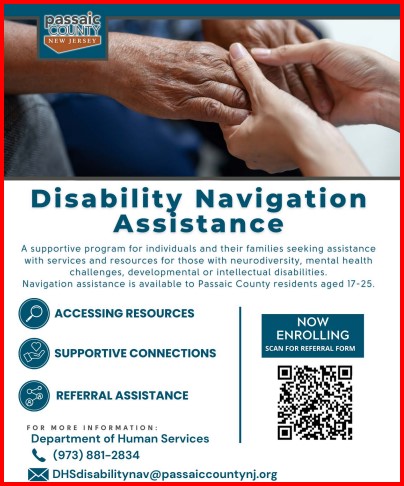Emergencies can happen anytime, and being prepared is especially important for youth and young adults with disabilities who may face extra challenges. Many emergency plans don’t fully consider accessibility needs, making it harder to stay safe.
Individual Emergency Plans
Having an emergency plan can make a big difference when disaster strikes. Whether it’s knowing how to evacuate safely, keeping extra medical supplies on hand, or having a support network, small steps can help you stay prepared.
“Preparedness for All: Using Your Individual Emergency Plan” is a brief animated YouTube video from the CDC, focused on emergency planning for individuals with disabilities. The video emphasizes the importance of having a personalized emergency plan to address the unique challenges faced by people with disabilities during emergencies.
Emergency Preparedness for People with Disabilities
The article "Emergency Preparedness for People with Disabilities" on adapacific.org gives tips to help people with disabilities stay safe in emergencies. It suggests making a personal emergency plan, gathering needed supplies, and building a support network. It also stresses staying informed and joining community preparedness programs to be ready for any situation.
How would you prepare for an emergency? Share your thoughts and experiences in the comments below!
Featuring...
Disability Navigation Assistance Program
"We're excited to share a flyer about our new Disability Navigation Assistance program, designed to support individuals and families in Passaic County, ages 17-25, who are seeking assistance with services and resources related to neurodiversity, mental health challenges, developmental and intellectual disabilities, and more.
Our program provides personalized navigation support across a variety of areas, including education, employment, financial planning, housing, health services, transportation, and more.
Please find the flyer attached, and we’d greatly appreciate it if you could help spread the word about this valuable resource to those who may benefit. If you have any questions or would like additional information, don’t hesitate to reach out by email DHSdisabilitynav@passaiccountynj.org
Thank you for your support in getting the word out!." - The Passaic County Disability Navigation Team
Link to Referral Form: https://form.jotform.com/223238171614047
The SPAN Youth Chat
Join us virtually on February 5th from 4:15 to 5:00 PM. Join Jeremy Hayer as we explore how youth and young adults can turn their passions and creativity into thriving businesses.
We'll highlight inspiring stories of teens and young adults who have launched successful programs and companies, uncover resources designed for aspiring entrepreneurs, and showcase businesses founded by innovative young leaders.
Resources...
Link to SPAN's website: www.spanadvocacy.org
Link to SPAN's Youth in the Know Resource Page: Youth in the Know
We're here for you! Call SPAN if you need assistance: 1-800-654-7726.




.jpg)
Comments